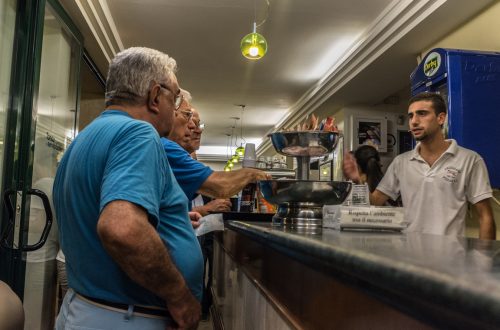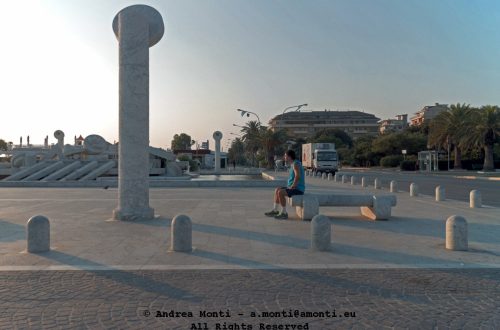
How to Shoot an Handball Match with a Film Camera
Shooting an handball match between Italy and France, unfortunately with an unhappy ending for my Country, was an opportunity to bring back to life the rugged Canon Eos 1V, the mighty fifty and a roll of a (unexpired) Kodak Tri-X 400. When I shoot sports and, in general, events where shutter noise is not an issue, I made a point, indeed, to always carry a film camera, so this time it was Canon’s turn.
Shooting handball matches is quite challenging for a number of reasons.
The first thing to stick in mind is that the ball is everything: if you miss it, the shot is more often than not a waste.
In this frame the ball is barely visible, hidden as it is by the player’s body. The picture would have been much more interesting had it captured the ball passing under the goalkeeper’s armpit.

Secondly, the action takes place in a chaotic scenario. Players will jostle each other to either get past the defensive line or block the attacker. This make it challenging to get a proper composition. Speed and reflexes are everything (and a fair dose of sheer luck doesn’t hurt either).
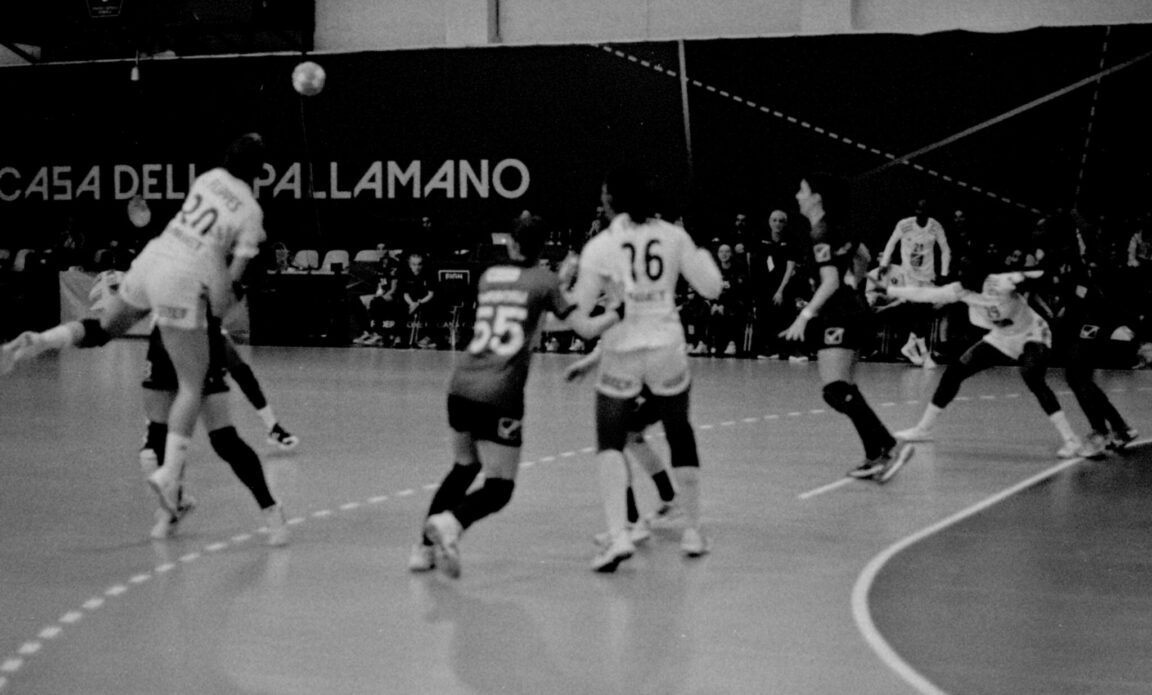
Thirdly, the game is fast, lighting fast. In this frame, the attacker had just broken through the defence and confronted the goalkeeper in a kind of Western movies shoot-out. In a fraction of a second the composition would have changed drastically and the moment would have been lost. However, an aperture of 1.8 and 400 ISO were enough to freeze the action.
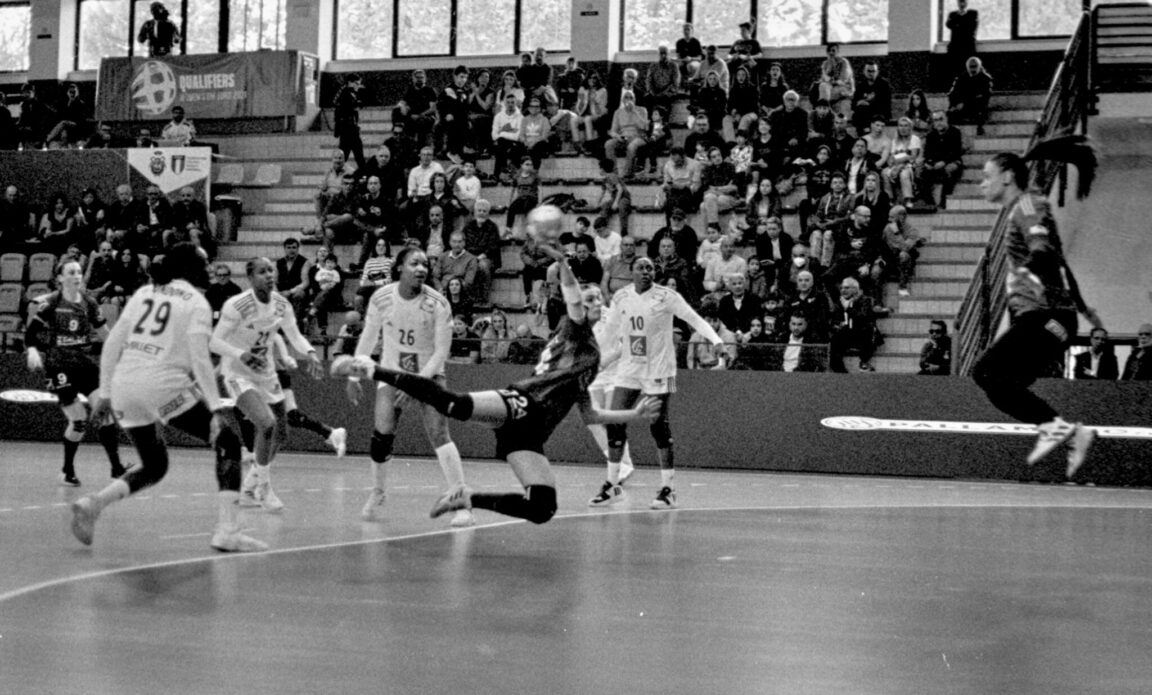
This is another example, only this time France is attacking and Italy is on the defense. Coming back to the ‘the ball is everything’ rule, although is difficult to see, the ball is there, making sense out of the picture.
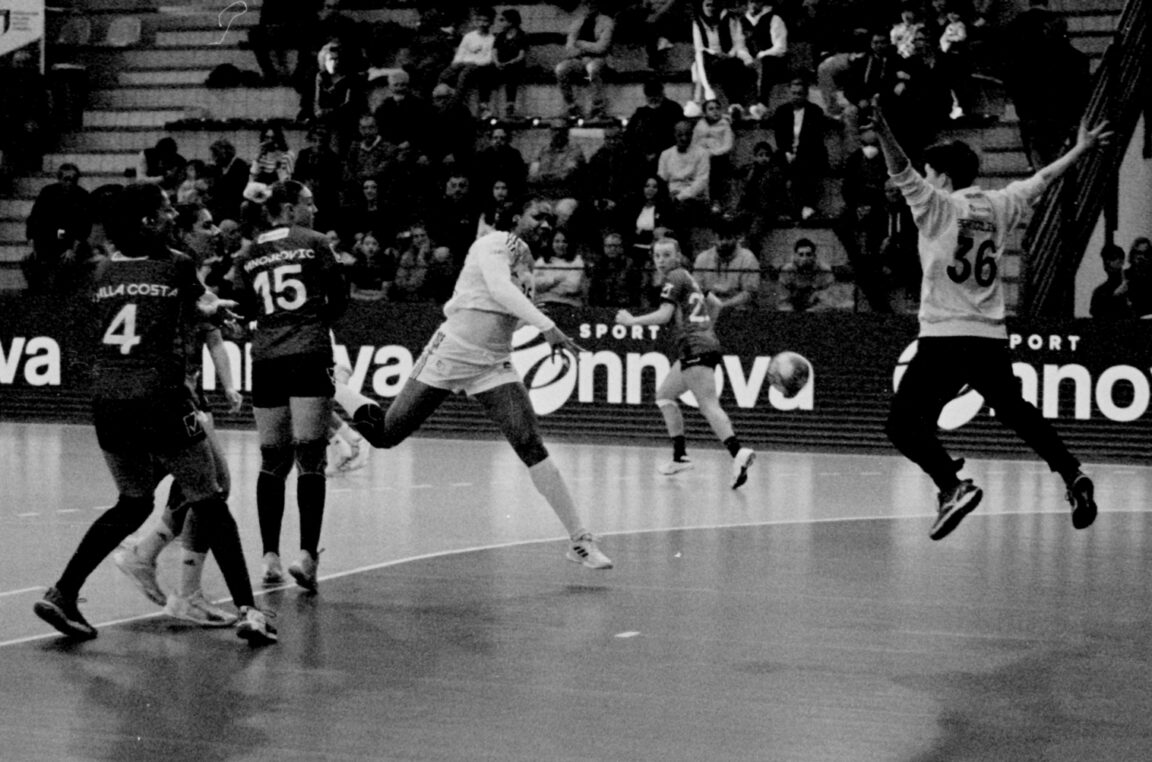
Poor focus control has ruined this shot, as the background, not the athletes, is clearly visible. However, ‘floating’ moments are the ones to look for.
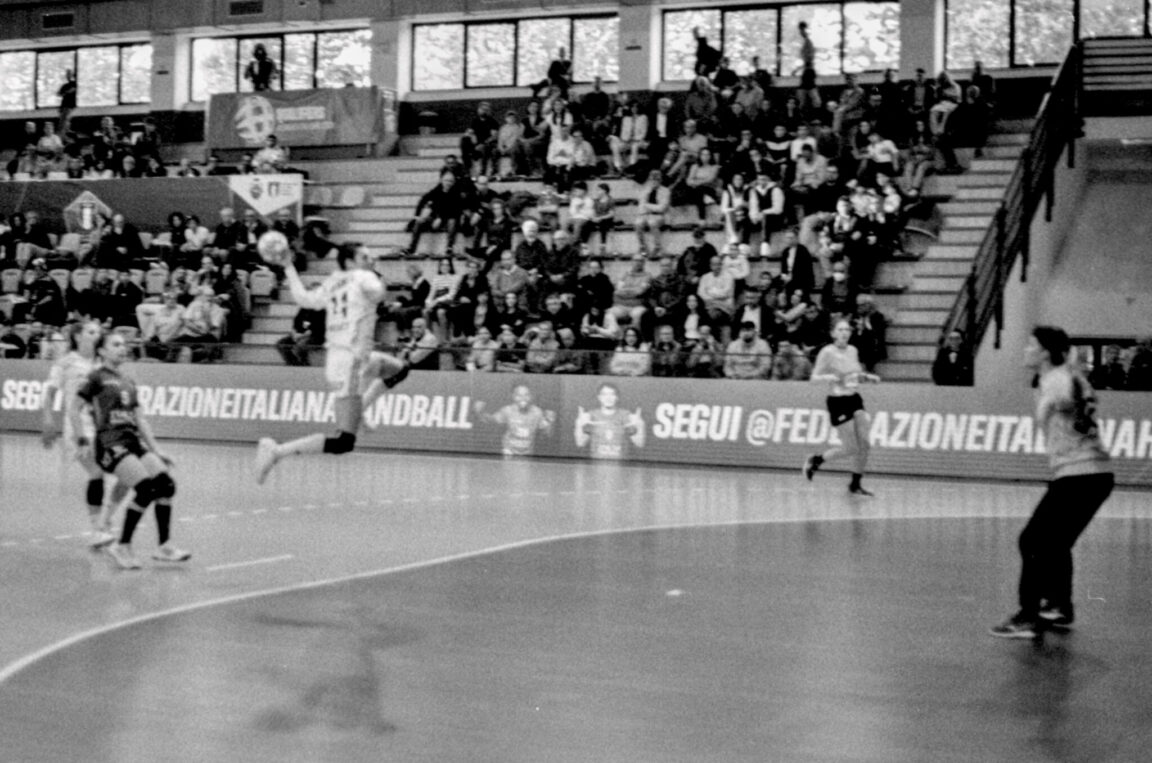
To sum up, if you have a very good understanding of how a handball match works, it is perfectly possible to shoot it with just a fifty millimeter. I would say that wider lenses are not necessary because the distance from which the photographer is allowed to shoot makes them less useful.
On the other hand, a (fast) telephoto like the 70-200 gives you the freedom to capture action on the other side of the field. If you are allowed to stay close to the players, there is no need for a longer telephoto. However, not daring to rely on the 50mm alone, I used a Pentax K-1 Mark II and the good old FA* 80-200/2.8 as my main set with pleasing results nonetheless.
I scanned the negatives with a Nikon LS4000 and Vuescan, a software I still struggle to master. The most annoying thing is the lack of support for the Tri-X, which forced me to fall back on T-Max parameters. The Tri-X look is unmistakable, but I think I got the scanner’s exposure and whitepoint settings wrong, ending up with all-black, no-dynamic-range blotches.
Initially published by 35mmc.com


